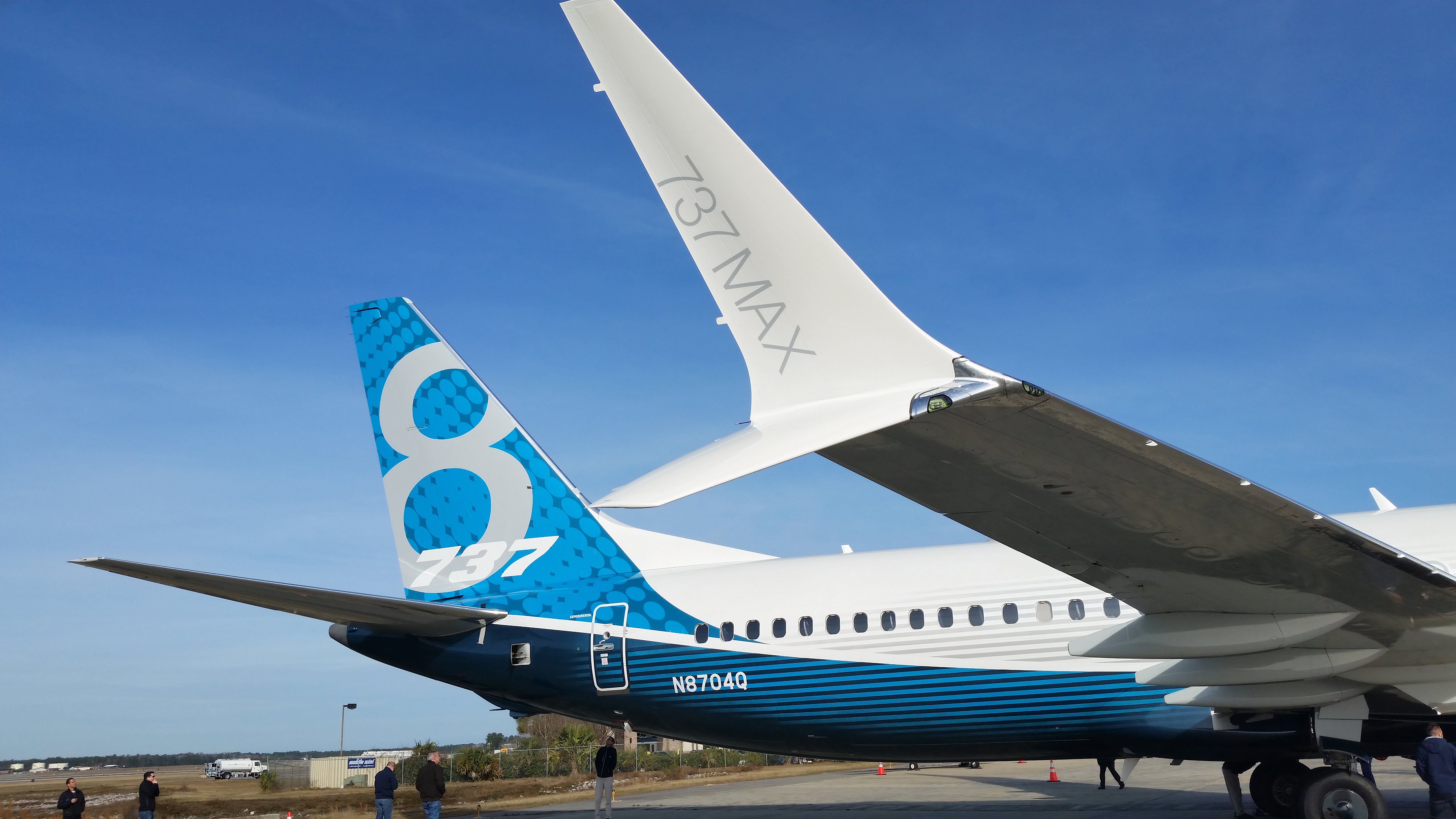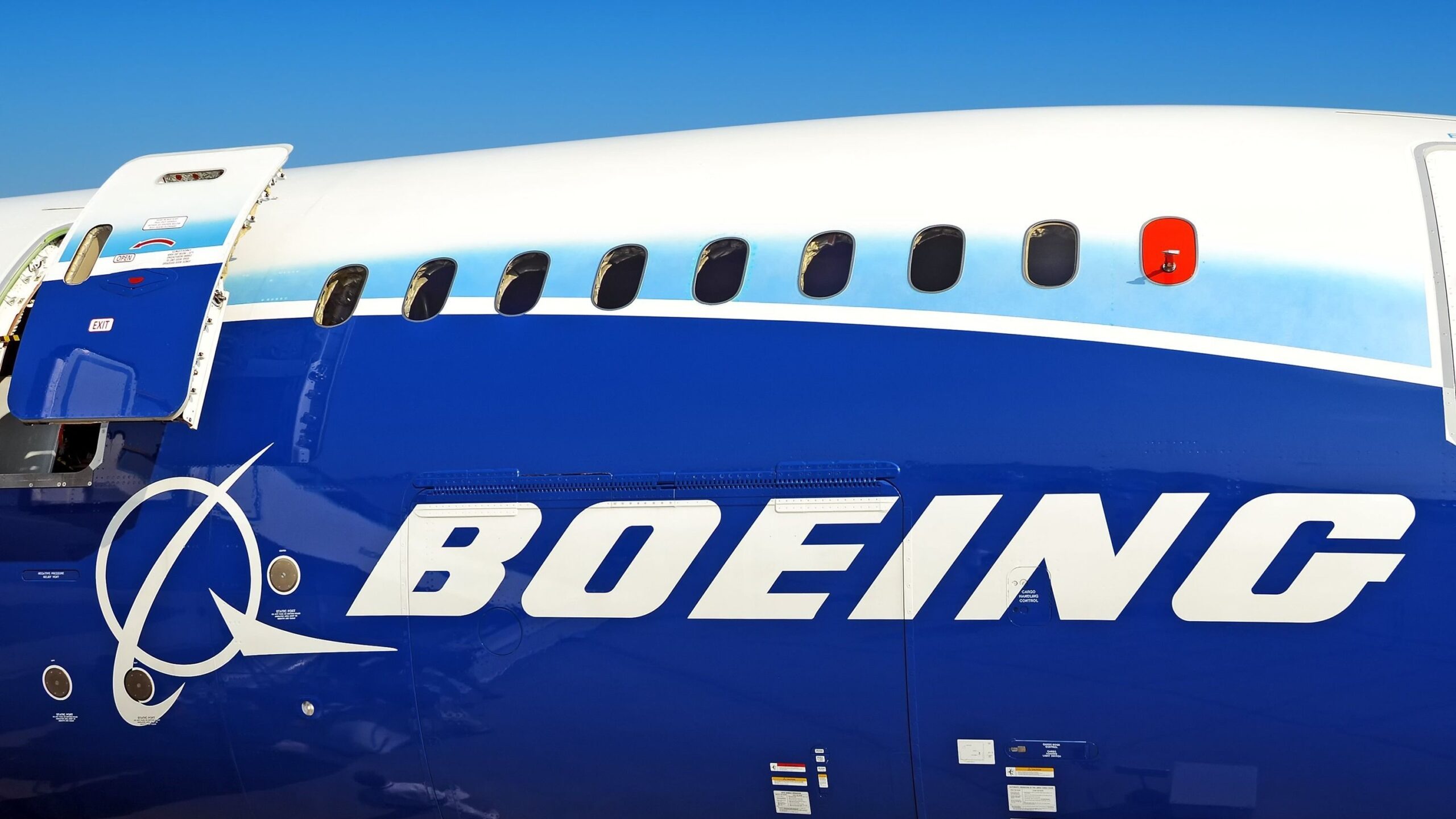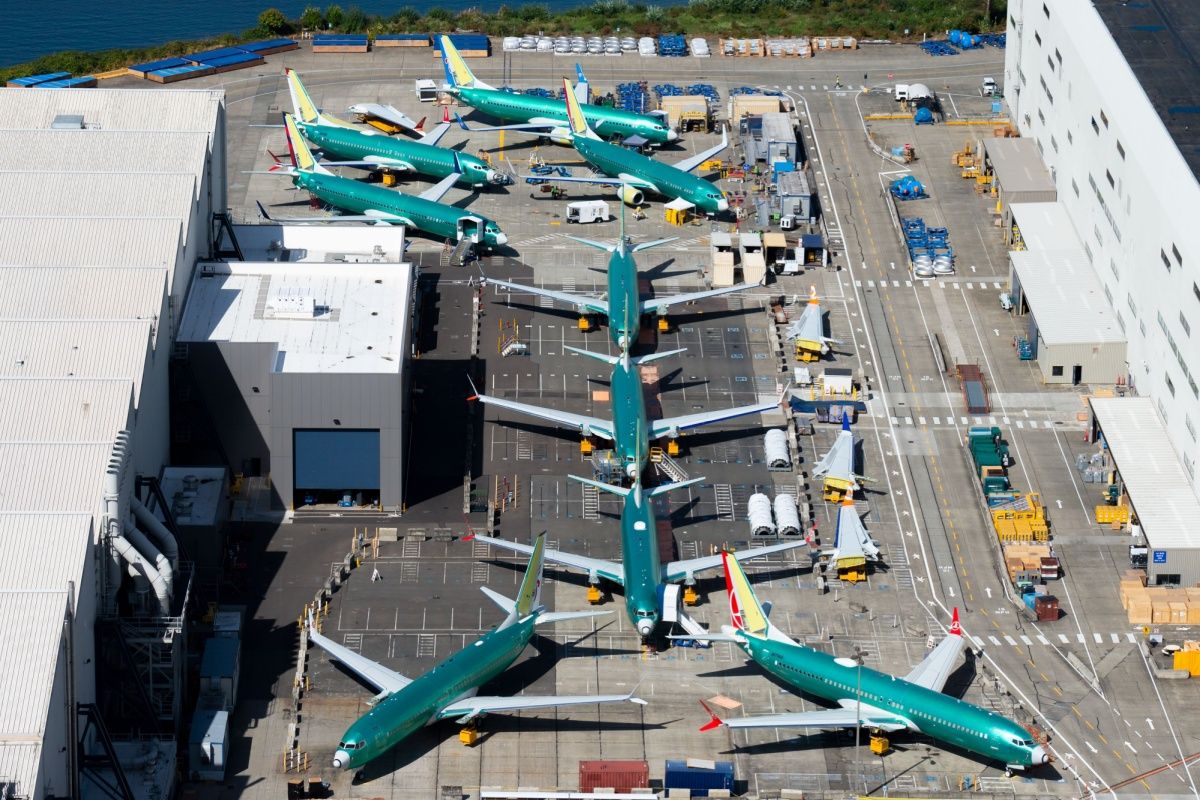The US Department of Transportation (DOT) Office of Inspector General said the Federal Aviation Administration’s (FAA) weaknesses in the oversight process limit its ability to solve issues with Boeing 737 and 787 production. This news coincides with further challenges at Boeing, including another delay in the 777X program.
The background
The document, released on October 9, 2024, follows manufacturing issues and complaints about ![]() Boeing
Boeing
aircraft production deficiencies and alleged staff pressure. At the request of the US Congress, the DOT Inspector General conducted a review explicitly focused on the production of the 737 and 787.
Lawmakers sought answers about several years of ongoing quality and safety concerns related to Boeing’s manufacturing, particularly issues that resulted in the blowout of a Boeing 737 MAX 9’s mid-cabin door in early January 2024.
Review findings
The report overall concludes that the FAA has not adequately assessed a production system as vast and intricate as Boeing’s. The Inspector General found that “FAA’s approach to overseeing Boeing manufacturing and production does not use data-driven assessments to target audits.”
Photo: Davidi Vardi | Shutterstock
The report found that 15 of 34 allegations of undue pressure the review team checked remained unresolved by the FAA for more than a year. Further, two of these cases have been open for more than two years.
The document also revealed that the FAA
has not adequately ensured that the American plane maker and its suppliers can produce parts that conform to the approved design. It stated:
“FAA does not require its inspectors to review First Article Inspections that are intended to ensure a manufacturer’s processes can, at the outset, produce parts that meet engineering and design requirements.”
In addition, the report stated that the FAA’s compliance system cannot track milestones or identify if there have been repeated compliance issues. Additionally, the FAA has not evaluated the effectiveness of Boeing’s Safety Management System.
In response to the 40-page document, a Boeing spokesperson told The Seattle Times:
“We continue to engage transparently with regulators and other stakeholders to improve quality and safety and regain the trust of the flying public. Our plan emphasizes workforce training, simplifying manufacturing plans, eliminating defects, strengthening our safety and quality culture, and monitoring the health of our entire production system, including with suppliers.”

Related
Safety Alert For Boeing 737 Operators Issued By FAA Warns Of Potential Rudder Jams
The safety alert directs pilots and airline operators to review Boeing’s procedure for responding to a jammed rudder.
Proposed recommendations
The document included 16 recommendations for the FAA to improve its oversight of Boeing aircraft production. The recommendations included developing and implementing guidance for inspectors on assessing risks in Boeing manufacturing facilities and creating a structured oversight approach for planning and conducting audits to ensure a comprehensive evaluation of Boeing’s production.
Photo: Thiago B Trevisan l Shutterstock
Additionally, the review recommended evaluating the Aircraft Certification Audit Information System to ensure it meets inspectors’ needs, clarify FAA Order 8120.23A for defining findings, and update guidance to require inspectors to assess Boeing’s risk evaluations of suppliers, integrating these assessments into FAA audit planning.






